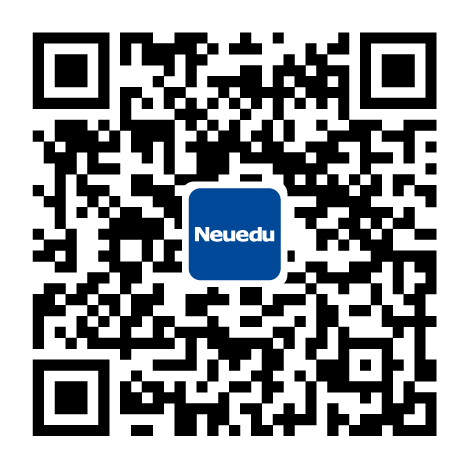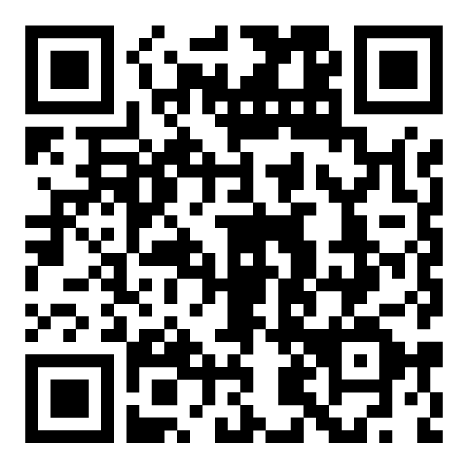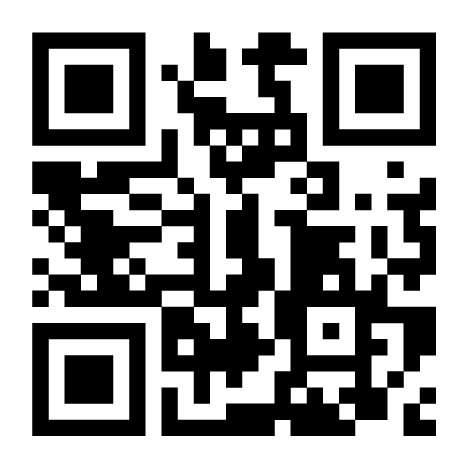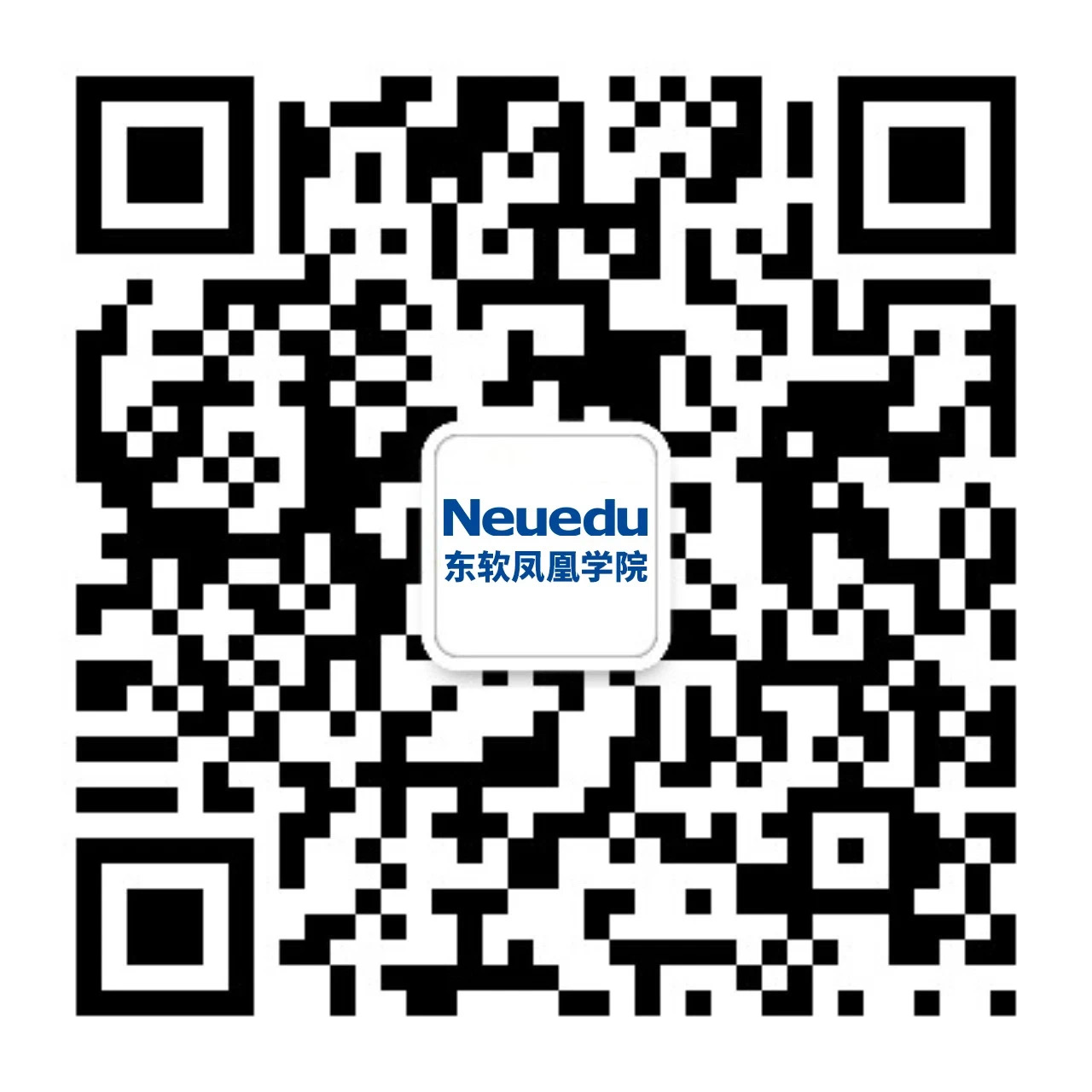Computer Programming
Based on Neusoft's excellent practice of industry-education integration in the field of digital industry and industrial digital talent training, we jointly built the Practice Center for Integration of Industry and Education for computer programming.
Joint management, joint operation, and joint production.
Real work tasks, real work scenarios, real work results, and real work processes.
Docking of talent training goals and job needs, docking of course teaching content and work content, docking of teachers’ professional abilities and industry development, docking of practical teaching systems and students’ cognition, docking of practical teaching cases and industry projects, docking of practical teaching intensity and job needs.
Introduction
The center focuses on the training of "digital craftsmen" talents in positions such as Web front-end development engineers, Harmony application development engineers, embedded development engineers, and software testing engineers. It connects computer software testing, business software solutions, mobile apply development competition to build an advanced integrated practical teaching system that covers the entire process of talent training, and build supporting software and hardware training equipment and environments, intelligent management platforms, and related practical training teaching documents and resources. We build a digital industry craftsman training platform that is "job competency-oriented, oriented to real production, integrated with job courses, competitions, and certificates, advanced training system, and driven by smart platforms."
Feature
• The industrialization of project scenarios comes from Neusoft Industries and strategic emerging industries, including intelligent network connection, intelligent manufacturing, smart health and other directions.
• The project is case-based teaching, and the project has been dismantled and transformed for teaching purposes, achieving the adaptation of industrial-level project technology and teaching.
• The project technology is cutting-edge, with new tools and technologies such as low-code, cross-platform, microservices, and Harmony applications; the combination of software and hardware highlights the new ecosystem of intelligent software.
• The project system has been advanced, and the five-level projects run through multiple professional courses, covering multiple positions such as Java, front-end, mobile, and testing.
• The project training is engineered, following software engineering specifications, standards, and processes, and aligned with mobile application design and development, and application software system development competitions.
• The supporting resources are refined, and there are ten sets of project supporting resources, including instructions, requirements letters, product prototypes, material packages, source codes, interface documents, etc.
Construction Content
Position-oriented
Through industry demand research and analysis, we sort out the most in-demand positions in the industry in the future and the positions with the highest demand for junior college students. Clearly targeted positions: Web front-end development engineer, Harmony application development engineer, embedded development engineer, software testing engineer.
Practical course resources
Transform the typical work tasks and professional ability requirements of the target positions into a modular curriculum system that is "engineering ability-oriented and integrated with job courses, competitions, and certificates." Among them, there are 6 basic courses, 11 core courses and 1 practical training course.
Industry flagship project
Intelligent Connected Vehicle Application Ecosystem
The project theme matches the mobile application design and development competition. It includes 3 subsystems: smart cockpit system, car sales service 4S management system, and smart charging system (matched with smart connected car system sandbox hardware), covering periodic application scenarios such as smart connected car purchase, vehicle driving operation, daily vehicle charging, and daily vehicle services. It can support the ability training of Android engineers, Web front-end engineers, Harmony application development engineers, Java development engineers, product managers, software test engineers and other positions. The project has been transformed into teaching-oriented and broken down into 13 comprehensive projects and 22 course projects, running through 14 professional courses such as HTML5+CSS3 responsive web development, mobile UI design, MySQL database application development, and Java language programming.
Harmony intelligent cockpit system
The Harmony Intelligent Cockpit System Project includes two subsystems: the Harmony Intelligent Cockpit System and the Internet of Vehicles backend management system. The hardware includes the smart cockpit OpenHarmony platform (the server is equipped with Galaxy Kirin’s domestic operating system). It can support the ability training of embedded development engineers, Harmony device development engineers, Harmony application development engineers, etc.; the project has been transformed into teaching-oriented and broken down into 2 comprehensive projects and 2 course projects, covering the principles and applications of single-chip computers, Harmony application development, Harmony hardware device development, SpringBoot framework technology and other professional courses.
Internet software testing system
Taking this system as the testing background, the trainable technology stack ranks among the top four test types required by current software IT companies, including manual functional testing (ranked first), interface automation testing (ranked second), and performance automated testing (ranked third), UI automated testing (ranked fourth). Among them, the automated testing tools are the most widely used in the testing industry: interface automated testing tools (Postman accounts for the highest proportion), performance automated testing (Jmeter accounts for the highest proportion), and Web UI automated testing tools (Python+Selenium accounts for the highest proportion). Through the practical training of this project, students can master the entire workflow and testing technology of software testing. The project has been transformed into teaching and dismantled into 13 comprehensive projects, covering 5 professional courses including software testing technology, interface testing, automated testing, and performance testing.
Integrated smart education platform
The integrated smart education platform fully integrates application scenarios such as "teaching, learning, management, training, and evaluation", which can provide managers with strong data support and decision-making basis, and can provide students with intelligent and intelligent lifelong education services including academic education, employment, self-improvement, etc.; it can provide teachers with an intelligent teaching environment and convenient teaching interactive tools for hybrid teaching, and steadily improve the quality of teaching.
Joint management, joint operation, and joint production.
Real work tasks, real work scenarios, real work results, and real work processes.
Docking of talent training goals and job needs, docking of course teaching content and work content, docking of teachers’ professional abilities and industry development, docking of practical teaching systems and students’ cognition, docking of practical teaching cases and industry projects, docking of practical teaching intensity and job needs.
Introduction
The center focuses on the training of "digital craftsmen" talents in positions such as Web front-end development engineers, Harmony application development engineers, embedded development engineers, and software testing engineers. It connects computer software testing, business software solutions, mobile apply development competition to build an advanced integrated practical teaching system that covers the entire process of talent training, and build supporting software and hardware training equipment and environments, intelligent management platforms, and related practical training teaching documents and resources. We build a digital industry craftsman training platform that is "job competency-oriented, oriented to real production, integrated with job courses, competitions, and certificates, advanced training system, and driven by smart platforms."
Feature
• The industrialization of project scenarios comes from Neusoft Industries and strategic emerging industries, including intelligent network connection, intelligent manufacturing, smart health and other directions.
• The project is case-based teaching, and the project has been dismantled and transformed for teaching purposes, achieving the adaptation of industrial-level project technology and teaching.
• The project technology is cutting-edge, with new tools and technologies such as low-code, cross-platform, microservices, and Harmony applications; the combination of software and hardware highlights the new ecosystem of intelligent software.
• The project system has been advanced, and the five-level projects run through multiple professional courses, covering multiple positions such as Java, front-end, mobile, and testing.
• The project training is engineered, following software engineering specifications, standards, and processes, and aligned with mobile application design and development, and application software system development competitions.
• The supporting resources are refined, and there are ten sets of project supporting resources, including instructions, requirements letters, product prototypes, material packages, source codes, interface documents, etc.
Construction Content
Position-oriented
Through industry demand research and analysis, we sort out the most in-demand positions in the industry in the future and the positions with the highest demand for junior college students. Clearly targeted positions: Web front-end development engineer, Harmony application development engineer, embedded development engineer, software testing engineer.
Practical course resources
Transform the typical work tasks and professional ability requirements of the target positions into a modular curriculum system that is "engineering ability-oriented and integrated with job courses, competitions, and certificates." Among them, there are 6 basic courses, 11 core courses and 1 practical training course.
Industry flagship project
Intelligent Connected Vehicle Application Ecosystem
The project theme matches the mobile application design and development competition. It includes 3 subsystems: smart cockpit system, car sales service 4S management system, and smart charging system (matched with smart connected car system sandbox hardware), covering periodic application scenarios such as smart connected car purchase, vehicle driving operation, daily vehicle charging, and daily vehicle services. It can support the ability training of Android engineers, Web front-end engineers, Harmony application development engineers, Java development engineers, product managers, software test engineers and other positions. The project has been transformed into teaching-oriented and broken down into 13 comprehensive projects and 22 course projects, running through 14 professional courses such as HTML5+CSS3 responsive web development, mobile UI design, MySQL database application development, and Java language programming.
Harmony intelligent cockpit system
The Harmony Intelligent Cockpit System Project includes two subsystems: the Harmony Intelligent Cockpit System and the Internet of Vehicles backend management system. The hardware includes the smart cockpit OpenHarmony platform (the server is equipped with Galaxy Kirin’s domestic operating system). It can support the ability training of embedded development engineers, Harmony device development engineers, Harmony application development engineers, etc.; the project has been transformed into teaching-oriented and broken down into 2 comprehensive projects and 2 course projects, covering the principles and applications of single-chip computers, Harmony application development, Harmony hardware device development, SpringBoot framework technology and other professional courses.
Internet software testing system
Taking this system as the testing background, the trainable technology stack ranks among the top four test types required by current software IT companies, including manual functional testing (ranked first), interface automation testing (ranked second), and performance automated testing (ranked third), UI automated testing (ranked fourth). Among them, the automated testing tools are the most widely used in the testing industry: interface automated testing tools (Postman accounts for the highest proportion), performance automated testing (Jmeter accounts for the highest proportion), and Web UI automated testing tools (Python+Selenium accounts for the highest proportion). Through the practical training of this project, students can master the entire workflow and testing technology of software testing. The project has been transformed into teaching and dismantled into 13 comprehensive projects, covering 5 professional courses including software testing technology, interface testing, automated testing, and performance testing.
Integrated smart education platform
The integrated smart education platform fully integrates application scenarios such as "teaching, learning, management, training, and evaluation", which can provide managers with strong data support and decision-making basis, and can provide students with intelligent and intelligent lifelong education services including academic education, employment, self-improvement, etc.; it can provide teachers with an intelligent teaching environment and convenient teaching interactive tools for hybrid teaching, and steadily improve the quality of teaching.






 辽公网安备 21029602000700号
辽公网安备 21029602000700号